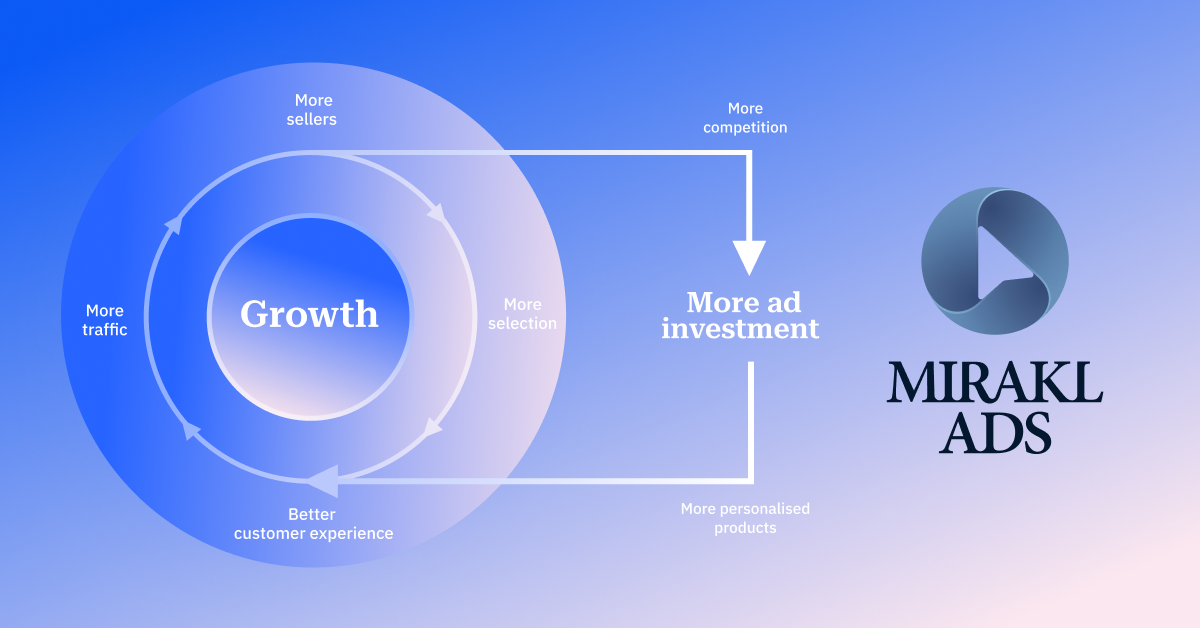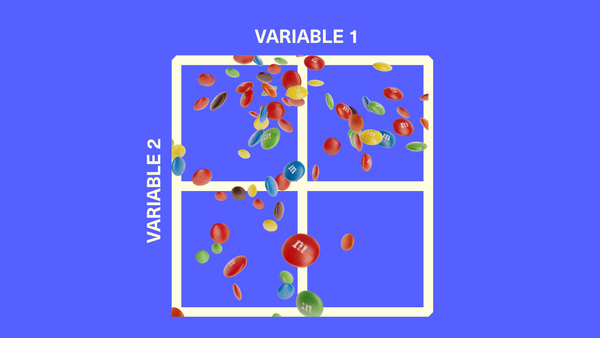Maybe Ads in AI Don't Have To Suck?
The fear for many is that advertising, when introduced to a surface that has become the most intimate digital confidante for many people, will be bad. Creepy, intrusive, overwhelming. But maybe, ads within AI interfaces don't necessarily have to suck.

This article originally appeared in my column for The Drum on November 6, 2025 as 'Why the arrival of advertising in AI Search may not be the catastrophe many fear'.
It seems almost inevitable that we'll end up with ads inside LLMs in the near future. The math is simple: OpenAI and its competitors have invested over $200 billion in AI infrastructure. Subscriptions alone won’t deliver returns at that scale. Neither will taking a cut of retail revenue through Instant Checkout. Advertising represents trillions in addressable market opportunity – it’s not quite “free money,” but it’s pretty damn close.
The fear for many is that advertising, when introduced to a surface that has become the most intimate digital confidante for many people, will be bad. Creepy, intrusive, overwhelming.
Call me idealistic, but I don’t think that ads within AI interfaces necessarily have to suck.
As someone who’s spent years tracking the retail media industry, perhaps I should be concerned about this shift. Someone searching for “the best laptop for video editing under $1,500” used to start that search on a retailer’s website, surrounded by sponsored product ads generating a healthy 70-80% profit margin. But AI answer engines are now increasingly fielding these questions and intercepting the intent that currently flows through retail media platforms.
Retailers should be tracking these developments closely, as a possible threat to their lucrative retail media business. But for the general public, I don’t think that the introduction of ads in AI answer engines automatically means instant enshittification. That’s the technical term, by the way.
The advertising technology being built today is designed specifically to avoid repeating the mistakes that degraded search results and turned Amazon into a pay-to-play marketplace.
History says the fear is justified
The anxiety around ads in AI stems from watching two decades of platforms enshittify themselves in pursuit of advertising revenue.
First, there’s the corruption of recommendations. If OpenAI monetizes ChatGPT with ads, will it eventually recommend the TV whose manufacturer paid the most, rather than the one that’s genuinely best for my needs? The platform’s entire value proposition rests on providing trustworthy, unbiased guidance. Introducing financial incentives to skew recommendations breaks that trust.
Then there’s the privacy factor. We are entrusting AI companions with our most intimate information – health concerns, relationship struggles, financial anxieties, personal insecurities. Using that data for hyper-targeted advertising could feel like a profound violation.
History suggests that these fears aren’t hypothetical. Google search results became increasingly difficult to distinguish from ads. Facebook’s feed prioritized engagement over accuracy, fueling misinformation. Amazon's search experience is dominated by sponsored placements that are based primarily on who paid for placement. As Brian O’Kelley, founder of AppNexus and a pioneer of the internet’s ad economy, admits: the system is “breaking down in real time—more cluttered, harder to navigate."
Introducing that broken system into AI seems like it would decimate whatever trust remains.
Retailers know that a marketplace model can dramatically boost product assortment, shopper engagement, and total revenue. But, to get the most out of your marketplace, you need an ad tech solution that can really engage sellers. Mirakl Ads is powering the future of retail media for leading retailers — to activate both 3P sellers and 1P brands.
Who funds the world? Ads.
Digital advertising is the economic foundation keeping the internet freely accessible.
As ads industry analyst Eric Seufert argued in a recent post on X: “Digital advertising is the most positive sum, economically expansionary technology summoned by humanity. No other technology has created more consumer surplus or stimulated more long-tail economic activity.” Without advertising revenue, he notes, “the internet itself would cease to exist as a freely accessible commodity and would instead be a luxury good reserved for moguls and despots."
AI platforms face identical economic pressure. The infrastructure required to run these systems costs billions. Beyond subscription revenue, advertising and commerce represent the most viable paths to monetization at scale.
Agentic advertising: A different foundation
The advertising technology being developed specifically for AI environments operates on different principles than the surveillance-based targeting that broke consumer trust.
It’s called agentic advertising. The core innovation: it targets content and context rather than people and data.
Traditional digital advertising built its infrastructure around tracking individuals — cookies, browsing history, demographic profiles, and purchase behavior. The goal was to know as much as possible about you personally, then show ads based on invasive data collection. This created the privacy nightmares and data breaches defining the current moment.
A new model of agentic advertising flips that model. Instead of profiling users, AI agents analyze the content and context of the conversation itself, matching ads to themes and topics rather than personal attributes. Someone asking about sustainable hiking gear triggers recognition of content themes – outdoor recreation, environmental values, product research – without needing to know who that person is, what they’ve purchased before, or what websites they’ve visited.
O’Kelley, who now runs ad-tech firm Scope3 and is championing an agentic advertising framework called Ad Context Protocol (AdCP), describes the shift in a recent op-ed for Fast Company: “If the attention economy monetized distraction, the agentic AI economy has the chance to monetize trust. We can use AI to filter noise instead of creating it.” He suggests a simple exercise to validate this concept: “Copy a page you’ve browsed and paste it into ChatGPT, then ask it to produce an ad and compare the result to what’s actually on the page. More likely than not, ChatGPT gave a better ad without even needing your browser history or data. This makes content the product again, not you."
AdCP isn’t confined to ads in AI answer engines. It’s being built as an open standard to support media buying across a wide range of digital contexts, from the open web and CTV to conversational and AI-driven environments.
But some ad-tech companies like Thrad are building infrastructure for this model to run specifically within AI answer engines – what they call “conversational advertising.” The company says it is bringing the internet-era advertising model to AI applications, subsidizing AI accessibility through ads, including the ability to insert native ads into AI chat conversations. A user asking: “What’s best way to get around the city?” might see a sponsored Uber recommendation.
Thrad follows the AdCP design choice: their bidding system prioritizes user experience over the highest payer. That could prove to be a guardrail against the pay-to-play dynamics that degraded search and e-commerce.
A chance for a fresh start
High-intent conversational advertising has the potential to be more relevant and helpful than anything currently available. Users provide far more context to their AI companions than to a search box, so the signals are stronger, and the user is actively engaged rather than passively scrolling. That’s valuable to advertisers. But to be effective rather than creepy, we’ll need different creative approaches, different measurement frameworks, and different expectations about how advertising functions.
For retail media networks, specifically – and I’ll explore this more deeply in a future column – the implications are more fraught. When AI intercepts purchase intent before a shopper ever reaches a retailer’s website, the entire business model generating those on-site ads is threatened. And while the offsite audience extension capabilities from retailers can offer strong signals to advertisers, it may pale in comparison to what an AI model could offer.
But for the broader marketing ecosystem, the arrival of advertising in AI may not be the catastrophe many fear. Perhaps it’s an opportunity to rebuild advertising infrastructure on better principles—assuming the industry is willing to learn from its mistakes.
This article originally appeared on The Drum and has been reproduced with permission.
Read more from me on related topics:






